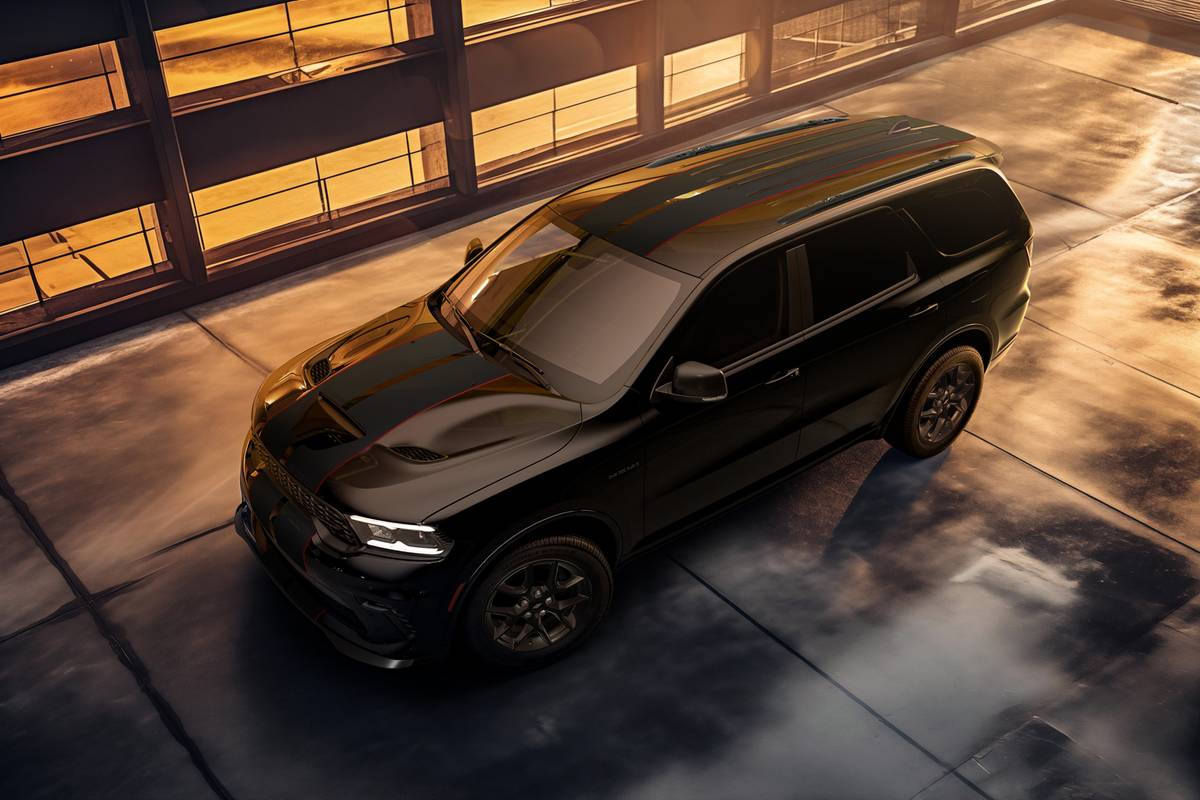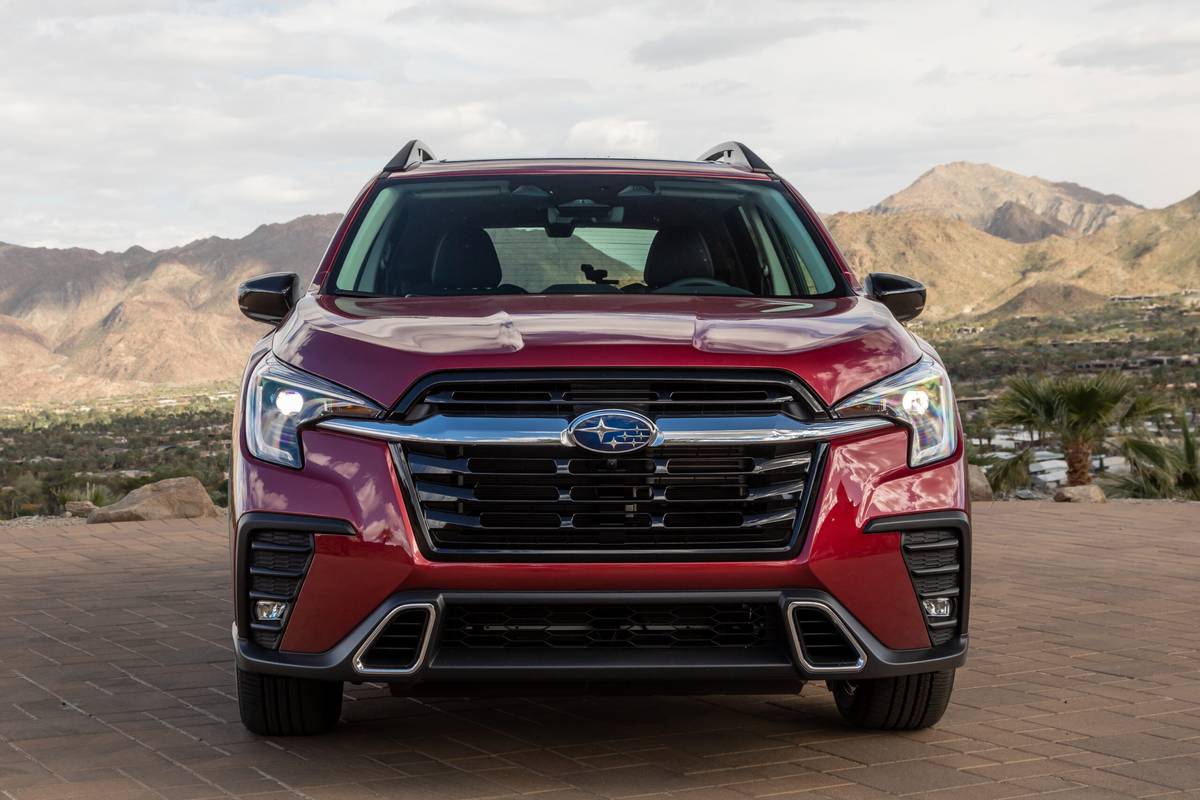AZCentral.com's view
Gas prices are climbing, but so are sales of gas-guzzling sport utility vehicles. Most fuel-efficient cars have gone begging in recent years, despite people’s protests about the high cost of driving, the Brown Cloud hovering over cities and sticker shock.
Honda Civic has managed to cut through the noise, offering America’s best-selling small car for five years running. And selling plenty of them, too.
This is the seventh generation Civic, which has grown from a quirky alternative vehicle thriving in the teeth of the 1970s energy crisis to a mainstay of popular transportation. Famously reliable, relatively fun to drive, even roomy, the new Civic sedan offers a lot of little car for the money.
Still, the latest Civic is something of a disappointment. In the world of New Beetles, PT Cruisers and the individualistic Ford Focus, Honda decided to play it safe. Routine styling and competent-but-boring driving characteristics put the Civic in the mainstream but fail to make it stand out in any way.
Civic undoubtedly will remain a top seller, mainly bolstered by its fine reputation. But why does it have to be a cookie-cutter economy car when it could have been so much more? If anything, it’s lost the look of previous generations that makes young guys slam the suspension and tune the exhaust note.
Besides the sedan version tested here, there’s a Civic coupe with a distinct body and interior but still not what you’d call exciting. The two-door hatchback went away for 2001, which is too bad.
The new Civic sedan certainly succeeds at its main goal: to provide basic transportation that is durable and comfortable. It’s roomier than the previous model, even though it’s slightly shorter on the outside and has a bigger trunk. The added space moves Civic from subcompact to compact, according to the EPA.
The test car was the top-end EX model, equipped with a more powerful engine (DX and LX get 115 horses) and a load of power, convenience and luxury equipment, all included in the base price.
At just over $17,000 and including such goodies as an electric moon roof and a decent stereo/CD system, Civic EX seems reasonable. The DX sedan starts at $12,960. There are cheaper economy cars, but they’re not Hondas.
The 127-horsepower EX engine, enhanced with Honda’s superb VTEC variable valve-timing system, feels strong and smooth, though a bit buzzy as it revs up easily to its 6,800 rpm redline. Gas mileage is great and the Civic runs clean, scoring as an ultralow-emission vehicle under California’s standards.
There’s an HF model, which gets even better mileage, and a natural-gas GX version, advertised as the cleanest internal-combustion vehicle in production.
Don’t let Arizona’s alternative-fuel fiasco sour you toward natural gas. A proper system does provide much cleaner emissions.
The tester was equipped with stick shift, the better to wring power out of the small-displacement engine.
Civic’s handling is quick and balanced, but not really what you’d call sporting. The new model’s suspension is a step backward for Civic, which lost its twin-A-arm front suspension in favor of the more common strut assembly.
Another item lost is four-wheel disc brakes, switched to less-effective drum brakes in the rear.
Honda may feel complacent in its role of leader of the pack, but there are plenty of big dogs nipping at its heels, including some new breeds from South Korea and continuing runs by Volkswagen.
I’m sure Honda knows what it’s doing with the conservative Civic, though I can’t help feeling that the opportunity to create something special was squandered.
Latest news



